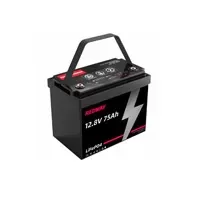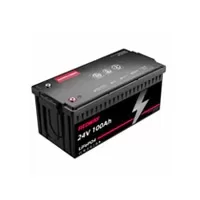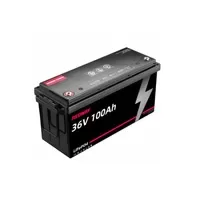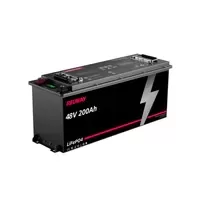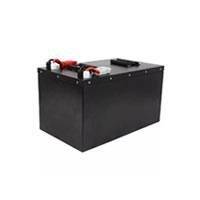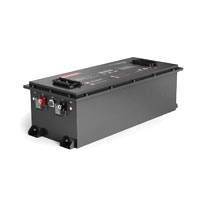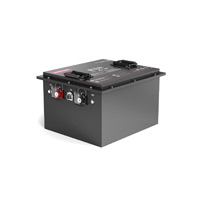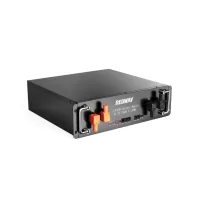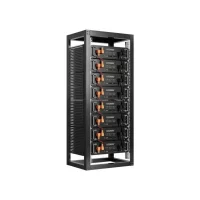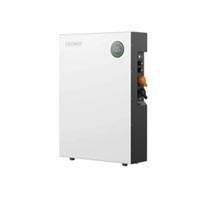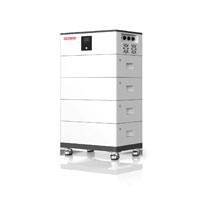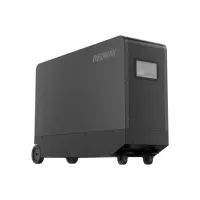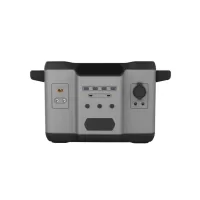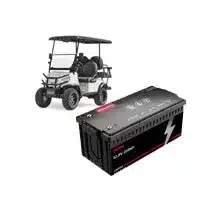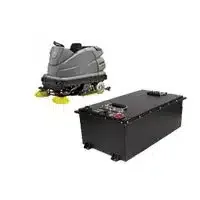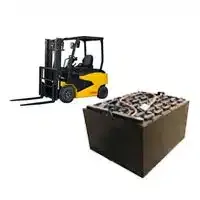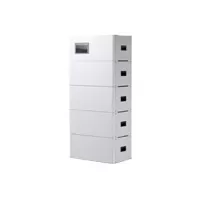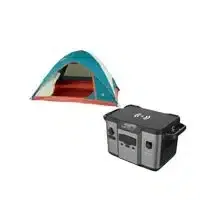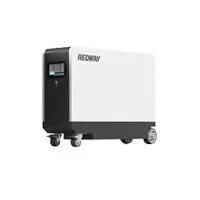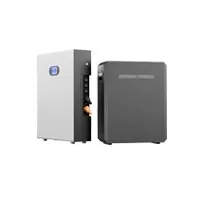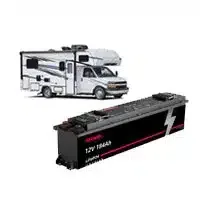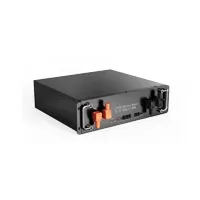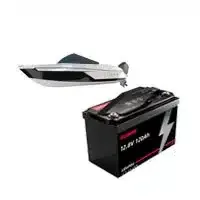Welcome to the world of rack equipment! If you’re a tech enthusiast or work in the IT industry, chances are you’ve come across rack-mounted devices. From servers and networking equipment to audiovisual gear and power distribution units, these sleek metal frames provide an organized and efficient way to house your valuable electronics.
But how do you actually mount this equipment? Fear not, because we’ve got you covered. In this blog post, we’ll walk you through the ins and outs of mounting rack equipment like a pro. Whether you’re setting up a small home office or managing a large data center, understanding the proper techniques will ensure your gear stays secure and accessible.
So grab your screwdriver (figuratively speaking!) and let’s dive into the world of rack mounting systems – where organization meets functionality in perfect harmony!
Types of Rack Equipment
Types of Rack Equipment
When it comes to mounting rack equipment, there are various types available on the market to suit different needs and requirements. Let’s take a look at some of the most common types:
1. Server Racks: These racks are specifically designed for housing servers and other IT equipment. They often have adjustable rails to accommodate different server sizes.
2. Network Racks: As the name suggests, network racks are used for organizing networking components such as switches, routers, and patch panels.
3. Audio/Video Racks: These racks are commonly found in recording studios or home entertainment setups where audio/video equipment needs to be neatly organized.
4. Power Distribution Units (PDUs): PDUs help distribute power evenly across all the mounted equipment by providing multiple outlets for plug-ins.
5. Cooling Systems: To prevent overheating, cooling systems like fans or air conditioners can be installed within the rack system.
6. Cable Management Accessories: These accessories help keep cables organized and minimize cable clutter within the rack system.
While these are just a few examples, there is a wide range of specialized rack equipment available depending on your specific needs and industry requirements. It’s important to choose the right type of rack that suits your equipment and ensures efficient organization in order to optimize performance and maximize space utilization
Components of Rack Mounting Systems
When it comes to mounting rack equipment, understanding the components of a rack mounting system is crucial. These components work together to provide stability and organization for your devices.
One key component is the rack itself. Racks are typically made of sturdy materials like steel and come in various sizes, such as 19 inches wide, which is common for server racks. They feature slots or holes where you can mount your equipment.
Another important component is the rails. Rails are installed inside the rack and serve as a platform for mounting your devices. They often have adjustable depth settings to accommodate different-sized equipment.
Cage nuts and screws are essential fasteners used to secure your devices onto the rails. Cage nuts slide into square holes on the rails, while screws attach them firmly in place.
To manage cables effectively, cable management accessories play a vital role in rack systems. These include cable managers with hooks or rings that keep cables organized and prevent tangling or snags.
Fans and ventilation panels help maintain proper airflow within the rack enclosure to prevent overheating of sensitive equipment.
Understanding these components will enable you to choose the right ones for your specific needs when setting up a rack mounting system. By investing in quality components, you can ensure stability, efficiency, and longevity for your rack-mounted equipment
Steps for Properly Mounting Rack Equipment
When it comes to properly mounting rack equipment, there are a few key steps that you should follow to ensure a secure and efficient setup.
Gather all the necessary tools and equipment before you begin. This includes screws, cage nuts, screwdrivers or wrenches, and any other hardware specific to your rack system.
Next, carefully measure and plan out the placement of your equipment within the rack. Take into consideration factors such as weight distribution, airflow requirements, and cable management.
Once you’ve determined the optimal positioning for each piece of equipment, attach any necessary brackets or rails to securely hold them in place. Be sure to double-check that everything is aligned correctly before tightening any screws or bolts.
As you mount each device onto its designated spot within the rack, be mindful of cable management. Use zip ties or Velcro straps to keep cables organized and prevent them from becoming tangled or obstructing airflow.
After all devices are securely mounted and connected via cables, conduct a final inspection for any loose connections or potential hazards. Make sure that all screws are tightened properly and that there are no loose wires hanging around.
By following these steps for properly mounting rack equipment, you can ensure a reliable setup that maximizes efficiency while minimizing potential issues down the line.
Common Mistakes to Avoid When Mounting Rack Equipment
Common Mistakes to Avoid When Mounting Rack Equipment
When it comes to mounting rack equipment, there are some common mistakes that many people make. These mistakes can lead to problems down the line and even cause damage to your equipment. To ensure a smooth and successful installation, it’s important to be aware of these pitfalls and avoid them at all costs.
One common mistake is failing to properly plan out the placement of your rack equipment. It’s essential to consider factors such as space limitations, ventilation requirements, and cable management before starting the installation process. Without careful planning, you may find yourself dealing with an overcrowded or poorly organized rack system.
Another mistake is neglecting proper grounding techniques. Grounding is crucial for protecting your equipment from power surges and electrical faults. Failing to establish a solid ground connection can result in serious damage or even pose safety risks.
Improper cable management is yet another pitfall that many people fall into when mounting rack equipment. It’s important not only for aesthetics but also for optimizing airflow and preventing overheating issues. Messy cables can obstruct airflow, leading to increased temperatures within the rack enclosure.
Additionally, using incorrect hardware or overtightening screws can cause damage both to the equipment being mounted and the rack itself. Using improper hardware might not provide adequate support or stability for your gear while overtightening screws could strip threads or crack delicate components.
Overlooking regular maintenance is a big no-no when it comes to mounted rack equipment. Dust accumulation inside the enclosures can restrict airflow while loose connections may lead to intermittent signals or complete failure.
To ensure a successful installation without any hiccups along the way:
– Plan ahead by considering space limitations, ventilation needs, and cable organization.
– Establish proper grounding techniques.
– Implement effective cable management practices.
– Use appropriate hardware with care during installation.
– Regularly maintain your mounted rack systems by cleaning dust buildup and checking connections periodically.
By avoiding these common mistakes and following the proper steps for mounting rack equipment, you can ensure
Maintenance and Safety Tips
Maintenance and Safety Tips
When it comes to rack equipment, proper maintenance and safety measures are essential for optimal performance and longevity. Here are some important tips to keep in mind:
1. Regular Inspections: Conduct routine inspections of your rack equipment to check for any signs of damage or wear. This includes checking cables, connections, fans, and ventilation systems.
2. Cleanliness is Key: Keep the area around your rack clean and free from dust or debris that can clog vents or affect cooling efficiency. Use compressed air or a vacuum cleaner with a brush attachment to remove any dirt buildup.
3. Proper Cable Management: Ensure that cables are neatly organized and securely fastened using cable ties or Velcro straps. This not only improves airflow but also reduces the risk of accidental disconnections.
4. Load Distribution: Distribute the weight evenly across the rack shelves to prevent overloading one side, which can lead to instability or damage.
5. Secure Equipment: Make sure all equipment is properly secured within the rack using mounting screws or brackets provided by the manufacturer.
6. Temperature Control: Maintain an appropriate temperature range within your server room by utilizing HVAC systems or installing fans if necessary.
7. Labeling: Clearly label each component within the rack for easy identification during troubleshooting or maintenance tasks.
8. Training for Personnel: Provide proper training on how to handle and operate rack equipment safely to reduce accidents caused by human error.
Remember, taking proactive steps towards maintenance and adhering to safety guidelines will help ensure smooth operations while minimizing downtime due to unforeseen issues.
Conclusion
Conclusion
Properly mounting rack equipment is essential for ensuring the safety and efficiency of your network infrastructure. By following the steps outlined in this article, you can ensure that your rack-mounted equipment is securely installed, organized, and maintained.
Remember to consider the type of rack equipment you are working with and choose a suitable rack system accordingly. Whether it’s a wall mount or a floor-standing cabinet, make sure it meets your needs in terms of size, weight capacity, and airflow requirements.
Take the time to familiarize yourself with all the components of a rack mounting system. From rails and shelves to cable management panels and power distribution units, each component plays a crucial role in keeping your equipment organized and accessible.
When mounting your gear into the racks, be mindful of common mistakes such as improper alignment or over-tightening screws. Adhering to best practices will not only prevent damage but also facilitate easier maintenance down the line.
Don’t neglect regular maintenance tasks like checking for loose connections or cleaning out dust buildup from vents. This will help extend the lifespan of your equipment while minimizing downtime due to malfunctions.
By understanding how to properly mount rack equipment and avoiding common pitfalls along the way, you can create an efficient network infrastructure that supports optimal performance for years to come.
So go ahead—get ready to tackle those racks like a pro! Happy mounting!


